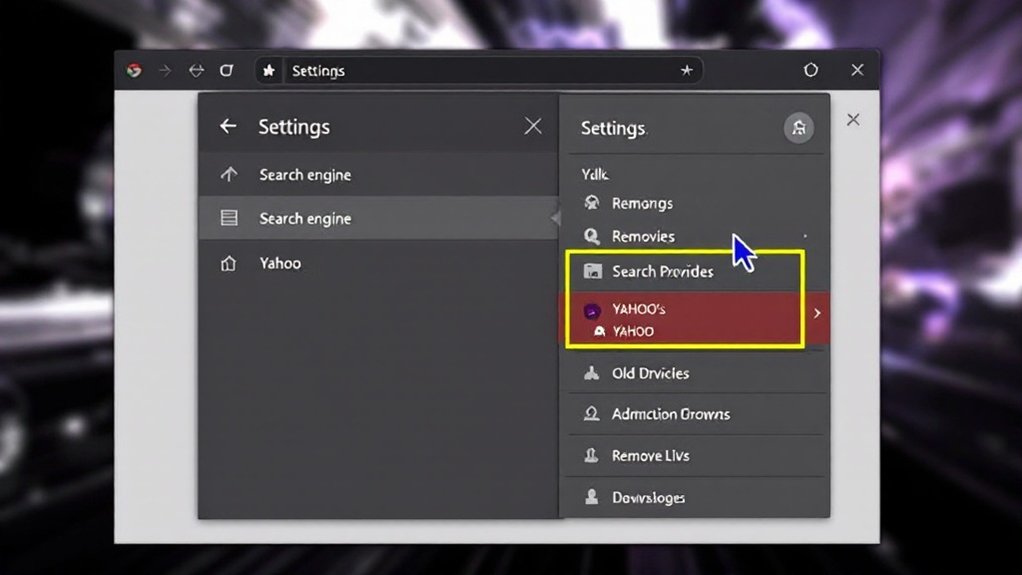An aggregator host functions as a crucial cybersecurity infrastructure component that centralizes threat intelligence data from diverse sources across an organization’s network. These platforms consolidate information from security tools, vulnerability scanners, and threat feeds to provide unified visibility into potential risks. Through strong encryption protocols and access controls, aggregator hosts allow security teams to monitor, analyze, and respond to threats efficiently during maintaining data integrity. Understanding the complete capabilities of these systems reveals their vital role in modern security architectures.

In today’s rapidly evolving digital environment, aggregator hosts have emerged as critical infrastructure components within cybersecurity architectures. These centralized platforms serve as fundamental tools for collecting, consolidating, and managing threat intelligence data from multiple sources, enabling organizations to maintain thorough visibility across their security environment. Microsoft’s AggregatorHost.exe serves as a prime example of data collection software that operates at the system level.
By aggregating information from various security tools, network sensors, and threat feeds, these systems provide security teams with a unified view of potential threats and vulnerabilities. The unified interface makes it easier for security teams to monitor and respond to incidents effectively.
Unified security platforms consolidate diverse data streams to deliver comprehensive threat visibility and streamlined vulnerability management for enterprise protection.
The implementation of aggregator hosts in cybersecurity operations presents both significant advantages and notable challenges. Although these platforms excel at automating the deployment and management of security applications, they require strong security measures to protect the consolidated data they house. The incident management skills required for operating these systems align closely with industry-recognized certifications.
Organizations must carefully balance the need for data accessibility with stringent access controls, encryption protocols, and regular security audits to maintain system integrity.
Security teams utilizing aggregator hosts must address several critical considerations in their deployment strategies. These include ensuring compliance with data privacy regulations, implementing proper data validation mechanisms, and maintaining system performance under heavy data loads.
The complexity of integrating multiple data sources, combined with the potential for system vulnerabilities, necessitates a thorough approach to security architecture and ongoing maintenance.
Compared to traditional security infrastructure solutions, aggregator hosts offer superior capabilities for managing large volumes of threat intelligence data. Nevertheless, this advanced functionality comes with increased implementation costs and technical complexity.
Organizations must carefully evaluate their security requirements and resource capabilities before adopting these systems, as successful deployment requires significant expertise and ongoing commitment to system maintenance.
The effectiveness of aggregator hosts in cybersecurity depends largely on following established best practices. These include implementing thorough encryption protocols, maintaining regular system updates, conducting periodic vulnerability assessments, and establishing clear access control policies.
Through careful attention to these operational requirements, organizations can exploit aggregator hosts to improve their security posture while minimizing potential risks to their data and systems.
Frequently Asked Questions
How Much Does It Cost to Implement an Aggregator Host System?
Implementing an aggregator host system typically costs between $2,000 and $3,500 monthly for small to medium businesses, with additional per-user fees ranging from $195 to $350.
The total implementation expense varies based on organizational size, IT infrastructure complexity, and specific requirements.
Core components include managed security services ($1,000-$5,000 monthly), necessary hardware upgrades, and ongoing maintenance fees for security software and monitoring systems.
Can Aggregator Hosts Be Integrated With Legacy Security Systems?
Aggregator hosts can be effectively integrated with legacy security systems through specialized middleware and protocol converters.
Modern solutions utilize API wrappers and data transformation techniques to bridge compatibility gaps between old and new systems.
Although integration requires careful consideration of network segmentation and security controls, organizations can successfully combine legacy SIEM tools, IDS systems, and traditional firewalls with contemporary aggregation platforms, enabling extensive security monitoring across hybrid environments.
What Certifications Are Required to Manage an Aggregator Host System?
Managing aggregator host systems typically requires a combination of network administration and security certifications.
Core credentials include CCNA for network infrastructure, CompTIA Security+ for fundamental security concepts, and CISSP for advanced security management.
Cloud certifications, such as AWS Solutions Architect or Azure Administrator, are increasingly crucial as aggregator systems integrate with cloud platforms.
Specialized certifications like GCIH and GCDA provide indispensable incident handling and threat detection capabilities.
How Often Should Aggregator Host Configurations Be Updated?
Aggregator host configurations should be updated quarterly at minimum, with more frequent updates implemented based on risk assessments and operational requirements.
Critical security patches warrant immediate deployment, whereas routine updates can follow a scheduled maintenance window.
Organizations should evaluate system performance metrics, security vulnerabilities, and compliance requirements to determine ideal update frequency, typically ranging from monthly to quarterly intervals, depending on the environment’s complexity and sensitivity.
What Backup Systems Are Recommended for Aggregator Host Failure Scenarios?
For aggregator host failure scenarios, a thorough 3-2-1 backup strategy is vital, incorporating three separate copies of data across two different storage types, with one copy stored offsite.
High-availability clusters, coupled with automated failover systems, provide immediate redundancy.
Real-time data replication, continuous data protection (CDP), and virtual machine snapshots guarantee minimal data loss.
Cloud-based backup solutions offer additional resilience through geographical distribution and rapid recovery capabilities.









